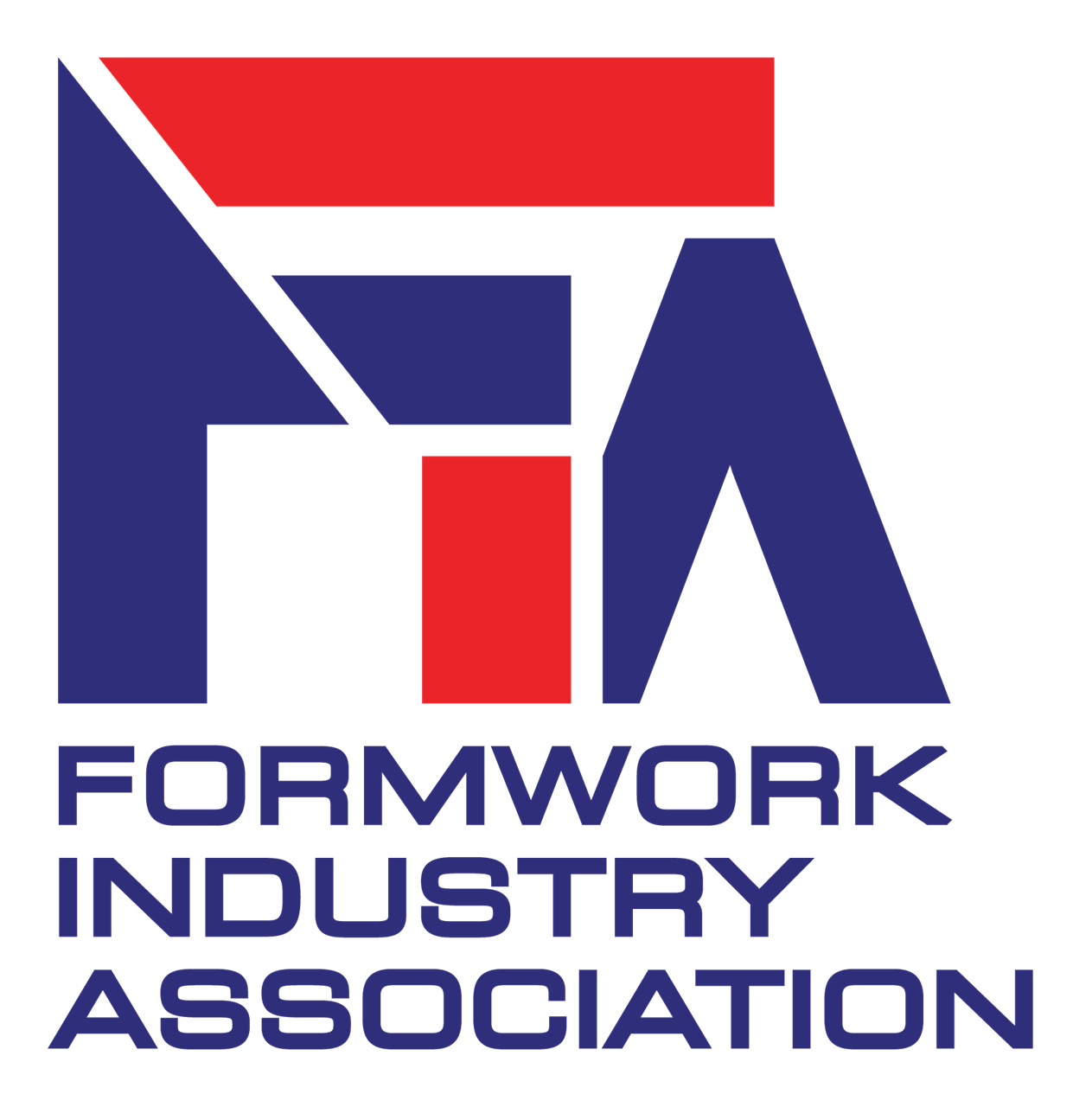Identifying and addressing complacency in the workplace is critical to reducing incidents and fatalities, however, many organisations still struggle with addressing complacency in practice.
“Most organisations know that complacency is the root cause of every tragedy,” said Patrizia Cassaniti, director at Let’s Talk about safety.
“I always say: ‘It is never an accident, it is always an incident waiting to happen because of complacent decisions that are made, that lead up to it.’”
Cassaniti, who lost her 18-year-old son in a fatal scaffolding collapse in Macquarie Park, said that unfortunately, when risks are identified and mitigated through SWMS, they are not always followed through in the task itself.
“Paper does not save lives. Management and workers must all take responsibility for safety and need to work together to enforce it,” said Cassaniti, who was speaking ahead of an AIHS webinar on the reality of what tragedy looks like.
“Many times management relinquishes their responsibility because they feel they have mitigated the risk and have produced a SMWS, but the responsibility of making sure the task is performed as per the specific SWMS is vital and even more important than the SWMS itself.”
Complacency will always override what we know is safe to do in the first place, according to Cassaniti, who said that, as human beings, it is a habit that is hard to shift unless you have been through a tragedy or have witnessed one.
“Complacency is any time an individual is about to take on a task and says, ‘She’ll be right,’ ‘I’ve done this a thousand times before,’ and ‘It’s not going to happen to me.’
“I hope to be the only reality of what tragedy looks like to each individual who gets to listen to my presentation, in the hope that I can shift their complacent mindset, to recognise when they are having a ‘she’ll be right moment’ so that they can stop and evaluate.”
Workers need to remember the reason they are at work is to create a better life for themselves and their families, and Cassaniti said they must stop risking their lives to get a job done.
“If something happens to them, the job will get done with or without them, because they are replaceable but, they will never be replaceable at home,” she said.
The potential risk of complacency at work is always injury or death, followed by loss of production and income, to both the victim and the PCBU, Cassaniti added.
“Once a tragedy occurs, unfortunately, it is too late: a tragedy costs more to a life or a company than being proactive in keeping safety at the forefront of every job,” she said.
“A pain and grief that my family and all that knew him must endure for eternity, all because of a 5-minute complacent decision that took my son, Christopher for life.”
The builder and scaffolding company experienced significant financial loss, along with all other trades who were on site.
“The site was closed for three months; 250 workers were onsite that day, who will never be the same mentally.
“The clean-up crew was also affected mentally. My family and the community of Macquarie Park will forever be scarred by the tragedy. The effect of this tragedy is unmeasurable,” said Cassaniti.
The responsibility for WHS professionals and management in keeping sites safe can be a nightmare, both personally and legally, Cassaniti added.
“My advice to all WHS professionals and management is to keep it real and personal with workers,” she said.
“Remind workers of the reason why they are at work, and that is, to make their own life a better life for themselves and their families and that they must not risk injury or death just to get that job done.
“Make your family the reason why you work safe every day” is the key to keeping safety at the fore for every worker, and Cassaniti said it is important to encourage speaking up, following through and never reprimanding a worker for doing so.
“Respect and listen to the workers and realise that they are the most important asset to the job because without them the job does not get done,” said Cassaniti.
“When this respect is felt by workers the job gets done better and safer.”
Original article published in AIHS.
